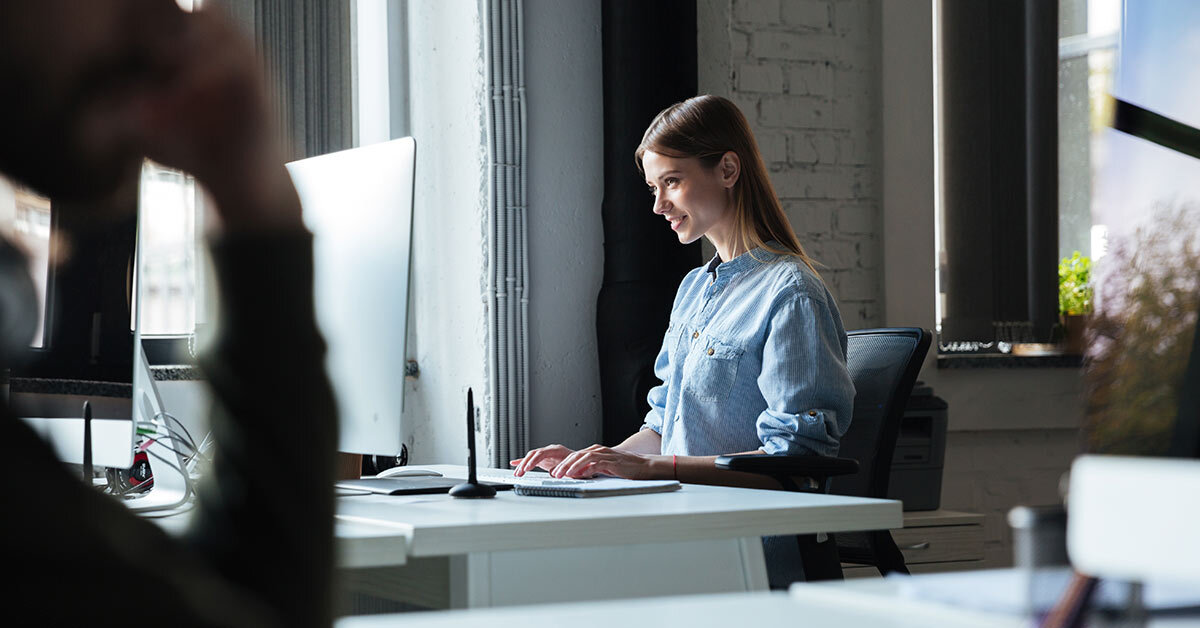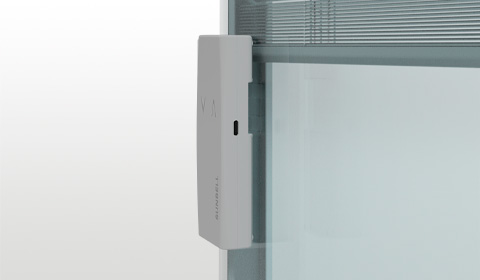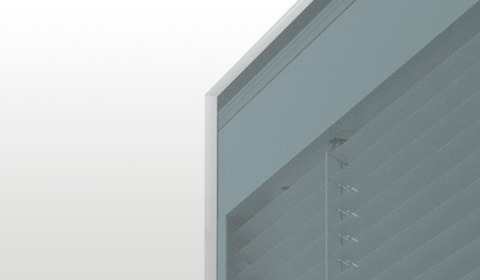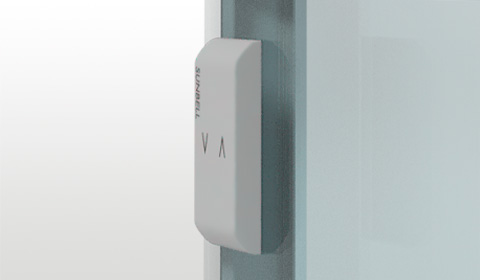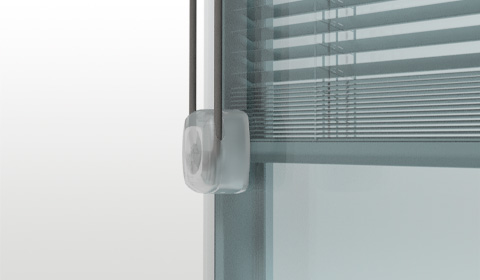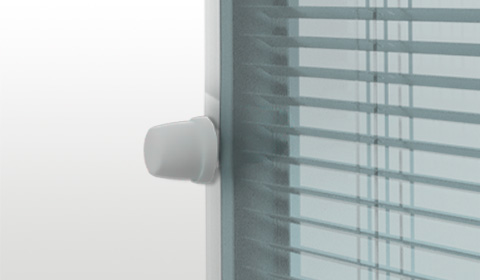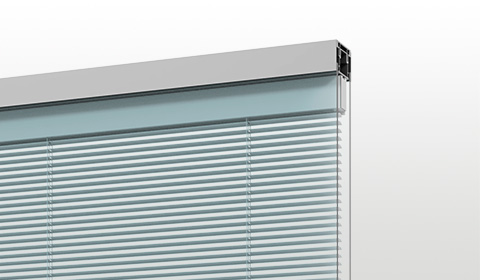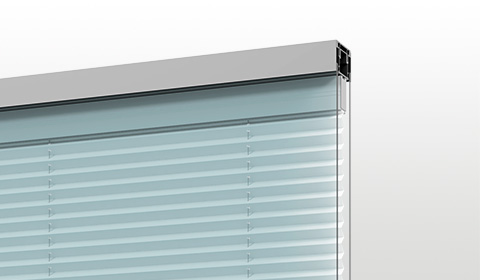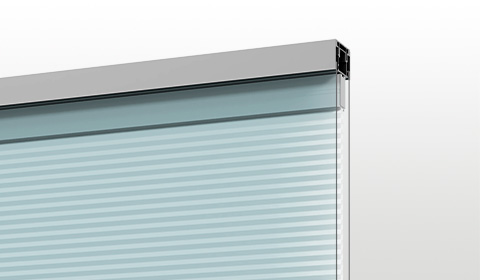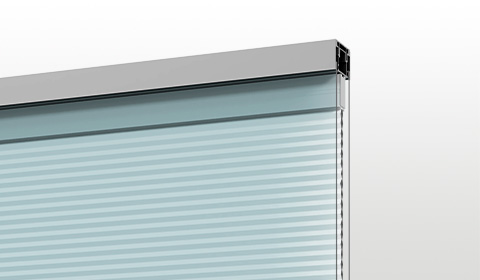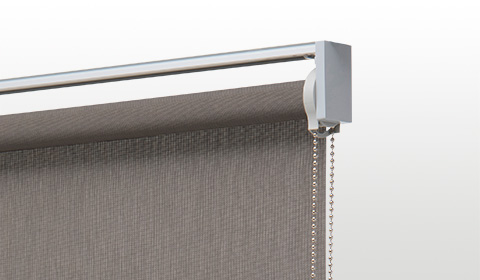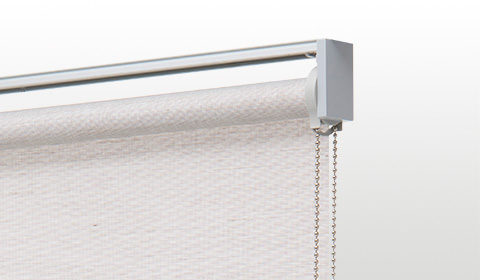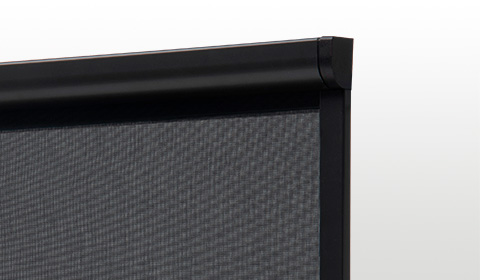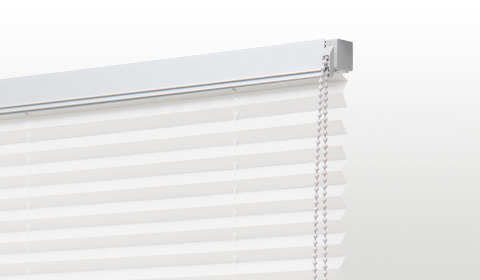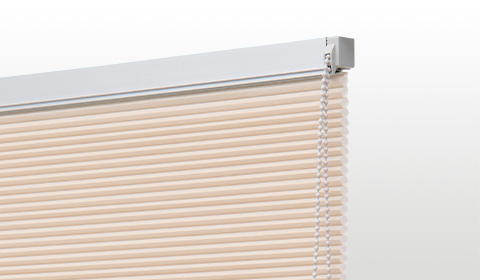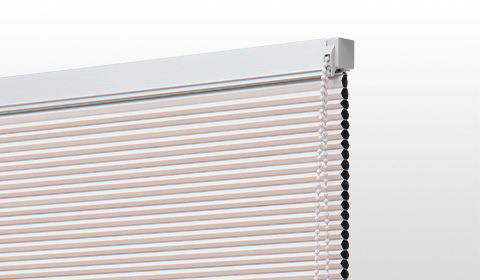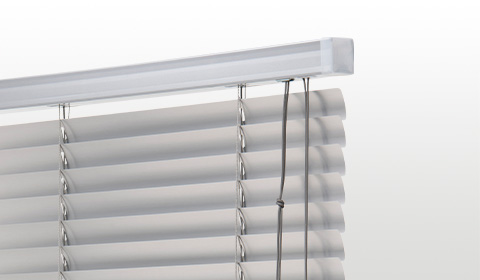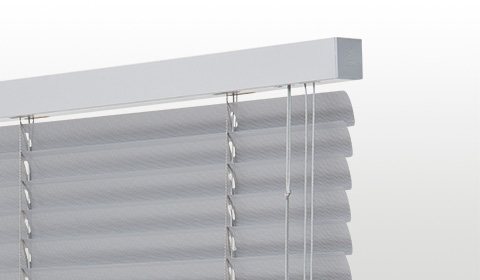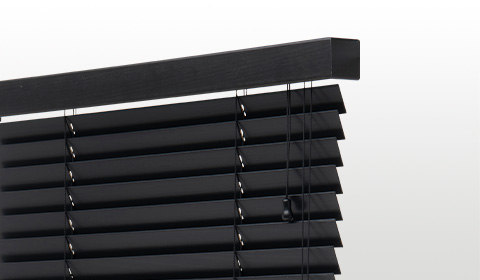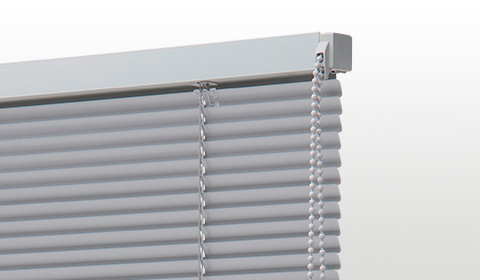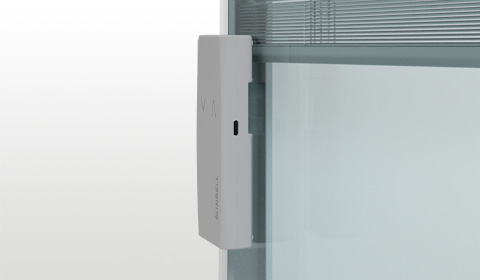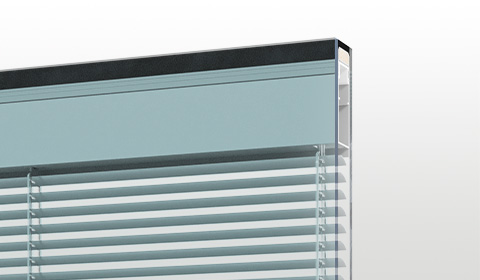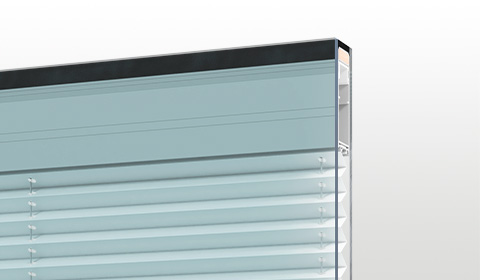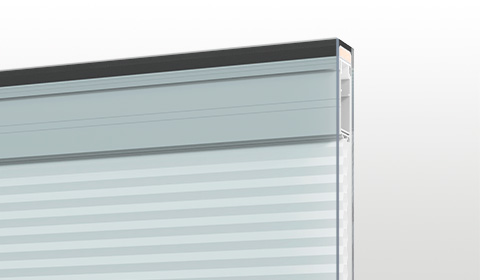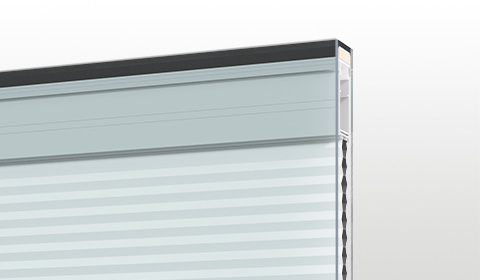Understanding how the Coronavirus will affect the world of interior design is very important to prepare ourselves for the industry transformation that will inevitably occur in the future.
It’s now obvious that the consequences of the current pandemic will not just affect the industry at a macro level, but they will also change the smaller aspects of interior design.
Every single detail will have to be reconsidered, from prices to communication strategy, from the presentation of new trends during industry fairs to how we design new spaces in the first place.
The lockdown we experienced in our homes made us understand how the environments we live in can affect our feelings and well-being at work and in our lives.
Every new space will have to be designed or re-thought with a more focused view on personal safety.
In an article for Forbes, architect Stanley Sun, one of the founders of Mason Studio, speaks about the impact of the Coronavirus on the way we will have to design our future.
Let’s take a look at how he believes interior design will be affected by the current situation.
Change virtual and physical environments
If there is one thing that this pandemic has taught us, it is the importance of making physical and virtual spaces coexist.
Two environments that used to be perceived as distinct and separate are today experienced as deeply integrated.
Our increased need to use video conferencing has revealed how new interior spaces will have to be designed with a few specific characteristics in mind:
- We need good acoustics: for this reason, we should avoid creating spaces where sounds can reverberate or be dampened.
- We need good lighting: it is best to avoid low lighting that can create shadows, while encouraging the use of natural light.
- We need a clear picture: it is best to avoid dark colors and use more pleasant and comforting color tones instead.
These improvements will help us combine real and virtual spaces so that they can be perceived as one.
Social distancing in shared workspaces
After experiencing self-isolation during the pandemic, we have all become more aware of how important it is to protect our personal space from outside dangers.
When it comes to interior design, this will translate into designing shared spaces that implement new forms of social barriers while still adopting a few universal guidelines:
- These barriers should not be a cause of distractions
- These barriers should still make the space accessible to everyone
- People should be able to see each other or utilise these spaces sometimes without forming gatherings.
Establishing these universal norms of social distancing will help to provide individual safety and increased well-being at work.
Create safety distances in private spaces and public areas
Private spaces, as well as public areas, will need some social barriers to help us maintain social distancing from each other.
These spaces should be designed so that people meeting outside, like residents of the same estate, for example, can easily separate from each other.
These barriers should provide safety and comfort to people and should naturally help to disperse people during gatherings.
Designing spaces with people’s health in mind
The importance of psychophysical well-being will become increasingly important for designers developing new interior design projects.
These projects will have to focus on the importance that elements such as lighting, materials, acoustics, physical and mental well-being need to have in new designs.
Interior spaces will have to become more flexible and versatile, bearing in mind design elements that can provide physical distancing and personal safety, but also provide natural interaction with everyday objects.
Designing home offices
When the economy finally recovers, designers will have the opportunity to develop spaces in our homes that are designed more like offices.
They shouldn’t just be areas haphazardly adapted to our work needs, but spaces where we can efficiently conduct our working lives.
These spaces will be developed through reconsidering all the aspects that can make them functional while also providing us with all the elements that we need in our daily work.
This new approach will indeed be a challenge for designers having to deal with small homes or apartments. However, interior design is also about creativity and surely we will see exciting new and creative solutions appearing in the future.
Conclusions
In this article, we have looked at how interior and exterior design and the circulation of people in these spaces will have a chance to include essential new norms of physical and social distancing.
However, let’s not forget that respect for these new norms and our civic responsibility will still need to be the foundations of our personal and collective well-being.

